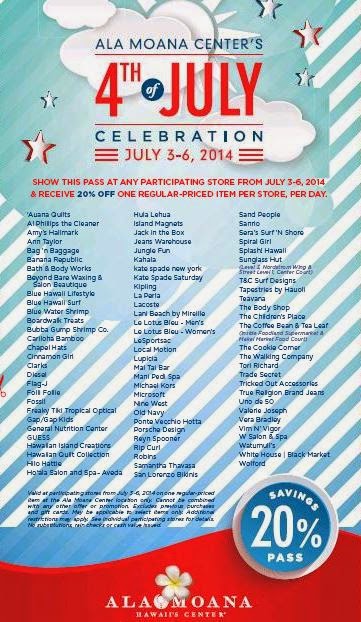I was really hoping to find some examples of great marketing to blog about. I feel bad that many recent posts have been about marketing and promotion that just doesn't get it. Unfortunately, I guess, there is much more of bad marketing out there than good marketing.
Case in point.
 A big drug chain has just gotten into the market for walk-in clinical services. That's good ... more convenience for the customer ... more points of distribution. I needed a vaccination and so I decided to utilize the new service rather than scheduling a visit to my doctor. So far, so good. The sign at the door said that the clinic handled routine physicals, minor ailments and vaccinations.
A big drug chain has just gotten into the market for walk-in clinical services. That's good ... more convenience for the customer ... more points of distribution. I needed a vaccination and so I decided to utilize the new service rather than scheduling a visit to my doctor. So far, so good. The sign at the door said that the clinic handled routine physicals, minor ailments and vaccinations. The name of the clinic is "Minute Clinic." Also not bad. In fact, the premise (and the promise) sound really good. Convenience. No hassle.
The concept is good, though, only as long as the brand lives up to the promise. And that's where the problem starts.
I arrived at the clinic at about 11:45 a.m. There was a sign on the door stating that the clinician was on a "mandatory" one hour lunch break and would return about noon. In the meantime, I was invited to enter all of my patient information onto a very awkward touch screen system. It would have been much easier to fill in a piece of paper. Once I filled in all of the information the screen indicated that I would be the next patient and the wait time would be fifty minutes. Since I had to wait, I left the store and came back fifty minutes later. Upon my return, the clinic was open ... but the clinician was handling another customer. The screen indicated my wait time would be thirty-five minutes. So at this "Minute Clinic" I waited eighty five minutes for service. When I finally saw the clinician, he asked what type of vaccination I needed ... and when I told him he said that he didn't handle that ... and that I had to go to the pharmacy counter (and wait in line) to get vaccinated.
I left without getting vaccinated ... and I don't have a good feeling about the "Minute Clinic" brand.
The lesson here is to be careful about the brand promise. Only promise what you can deliver. And deliver it.


